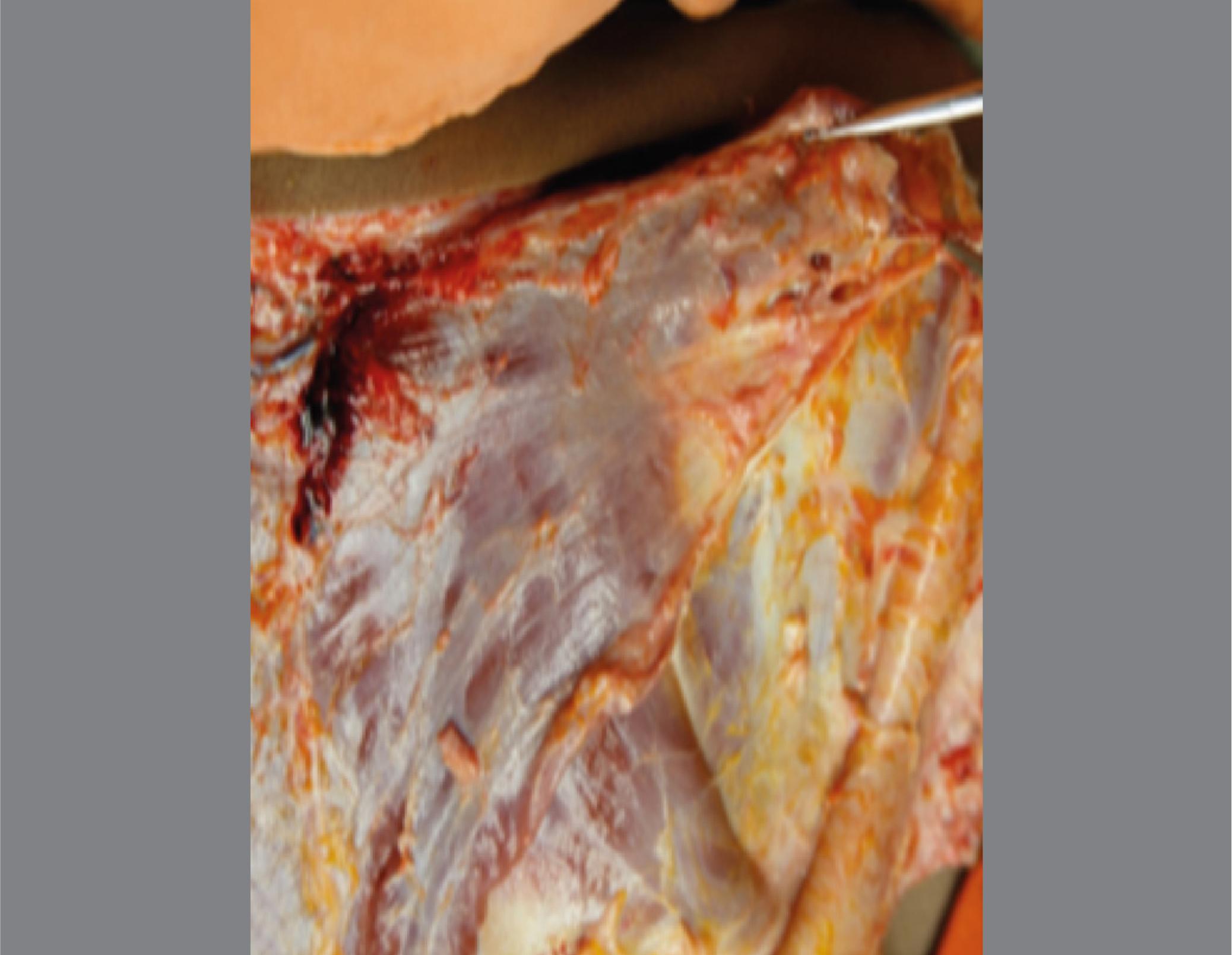OBJECTIVE:
To compare the viability of transferring the lower and transverse trapezius to the greater tuberosity using three different techniques.
METHODS:
Twelve shoulders from six cadavers were used. The primary outcome was to assess the suture viability of the trapezius muscle transfer to the greater tuberosity in the insertion topography of the infraspinatus, with the arm adducted during internal rotation (hand on the abdomen) and maximum scapular retraction. Three transfers were applied to each shoulder: the lower and transverse trapezius distal insertion (Group 1); lower trapezius alone (Group 2); and lower trapezius insertion and origin (Group 3). Accessory nerve integrity was assessed before and after transfers.
RESULTS:
Sutures were viable in 42% (5/12) and 58% (7/12) on Groups 1 and 3, respectively, with no statistically significant difference (Fisher's test, p=0.558); Group 3 exhibited frequent neurologic injury (11/12). Group 2 was the least successful; the tendon did not reach the greater tuberosity, and no sutures were viable.
CONCLUSION:
Groups 1 and 3 exhibited the best nongrafting suture viability to the greater tuberosity; however, Group 3 was associated to frequent spinal accessory nerve injury. Level of Evidence IV, Anatomical Study
Brachial plexus/injuiries; Tendon transfer; Shoulder; Paralysis



